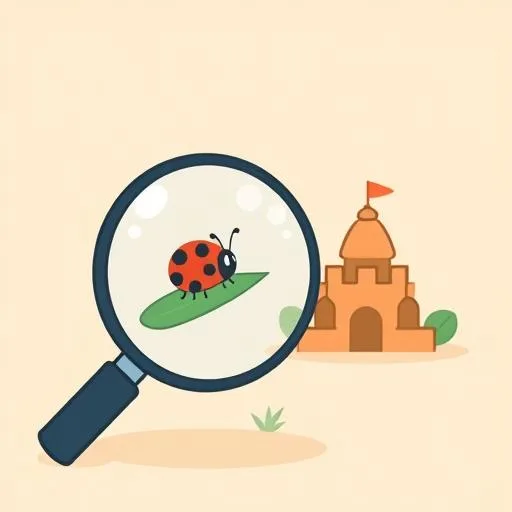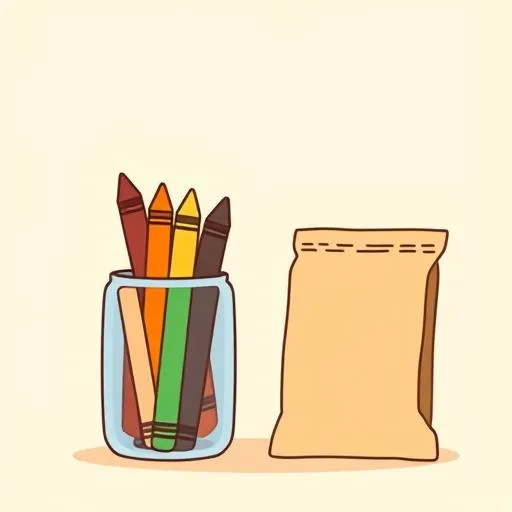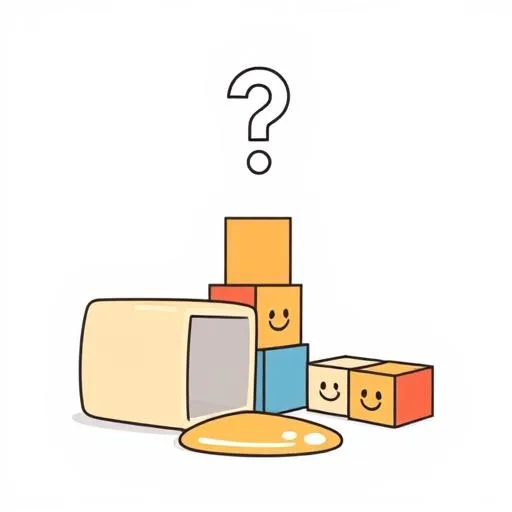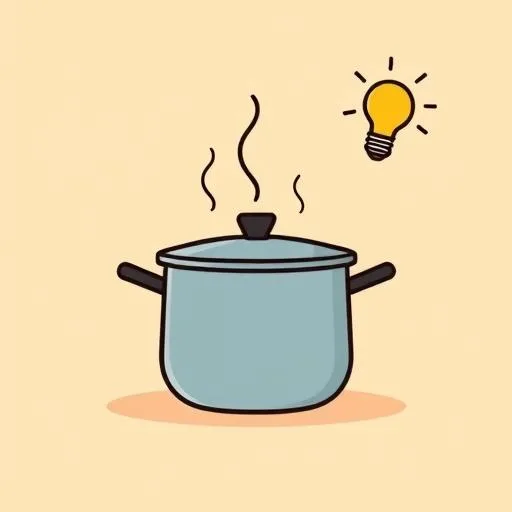
You know that split-second when your child reaches for the cookie jar just as you’re about to say ‘yes’? That’s anticipation in action—human style. Now imagine if the tools we use could do the same. The buzz around Kimi K2 0905, an AI designed to anticipate complex needs by juggling multiple functions at once, got me thinking: what if our real parenting win isn’t chasing futuristic tech, but nurturing that spark of foresight in our kids through everyday wonder? After all, childhood magic blooms when curiosity leads the way—not when we over-engineer it.
The Quiet Power of Reading the Room

Think about it: when your child notices Grandma’s tired and brings her a blanket without being asked? That’s the kind of anticipation no algorithm can replicate. Kimi K2’s 256,000-token context window—a fancy way of saying it ‘holds’ massive amounts of information—reminds me how kids build their own ‘context’ through play. A sandcastle builder learns tide patterns by feel; a puzzle-solver predicts which piece fits next. These moments teach children to observe cues, weigh possibilities, and act—not because some tool told them to, but because they’re tuned into life’s rhythms. That’s resilience in the making: the ability to ‘read’ situations and respond with empathy.
Here’s the thing: when we let kids explore without strict agendas—like that spontaneous hide-and-seek game at the park—they’re not ‘just playing.’ They’re wiring their brains for foresight. Why not swap one structured activity this week for pure discovery? Grab a magnifying glass and hunt for bugs together. Notice how they anticipate where the ladybug might crawl next? That’s their inner ‘context window’ expanding.
Building on That Idea: Tools as Teammates, Not Managers

Kimi K2’s talent for managing multiple tools—coding, data analysis, you name it—sounds impressive. But watching kids tackle real-world ‘tools’? That’s where the gold is. Hand them a jar of crayons and construction paper instead of an art app. Suddenly, they’re weighing color choices, predicting how glue might wrinkle paper, and adapting when plans shift. It’s playful problem-solving with zero code required.
I’ve seen it time and again: when kids struggle to open a stubborn snack pouch, they don’t just give up. They ‘call’ on existing knowledge (remembering how you twist the cap?), test angles, and celebrate that ‘aha!’ moment. Unlike AI, their ‘tool-calling’ isn’t flawless—and that’s perfect. Every fumble teaches them to lean on grit, not gadgets. So next time screen time creeps in, try a ‘tool swap’: build a pillow fort using only blankets and ingenuity. No APIs needed—just laughter and aha moments.
Embracing the Stumbles

Even cutting-edge tech like Kimi K2 faces hiccups—occasional inaccuracies when handling tools. And guess what? So do our kids. Every spilled juice box, tangled shoelace, or ‘tower collapse’ during block-building holds hidden value. These aren’t failures; they’re training grounds for adaptability.
When my daughter’s drawing didn’t turn out as planned, we didn’t reach for a ‘fix-it’ app. Instead, we asked: ‘What’s one thing we’d change if we tried again?’ That tiny shift — from frustration to curiosity — mirrors how developers refine AI through trial and error. It’s not about flawless outcomes; it’s about nurturing the courage to ‘try the next move.’ So if playdough cracks or a kite won’t fly, pause. ‘Hmm,’ ask quietly, ‘what clues tell us how to adjust?’ You’ll be amazed how quickly ‘oops’ becomes ‘aha.’
Cultivating Your Child’s Inner Anticipator

The real breakthrough isn’t in coding intelligence—it’s in helping kids light up their own foresight. Start small: during dinner prep, invite them to ‘predict’ what comes next. ‘You see me chopping veggies,’ I’ll say. ‘What tool might we need after this?’ (Spoiler: they’ll shout ‘the pot!’ with glee). It’s playful pattern-spotting that builds confidence in their instincts.
And while Kimi K2’s trillion-parameter architecture dazzles tech circles, what stirs my heart is watching kids develop their own ‘architecture’ of wonder. Take a ‘curiosity walk’ where you both guess what you’ll hear or see around the next corner. Rain puddles? A chirping bird? No scores, no apps—just shared anticipation that deepens connection. Because the most powerful tools we give our children aren’t digital. They’re the quiet trust that they can navigate surprises with open eyes and steady hearts. How might these small moments shape their tomorrow?
Source: Kimi K2 0905 : The AI Model That Anticipates Your Every Need, Geeky Gadgets, 2025/09/08
